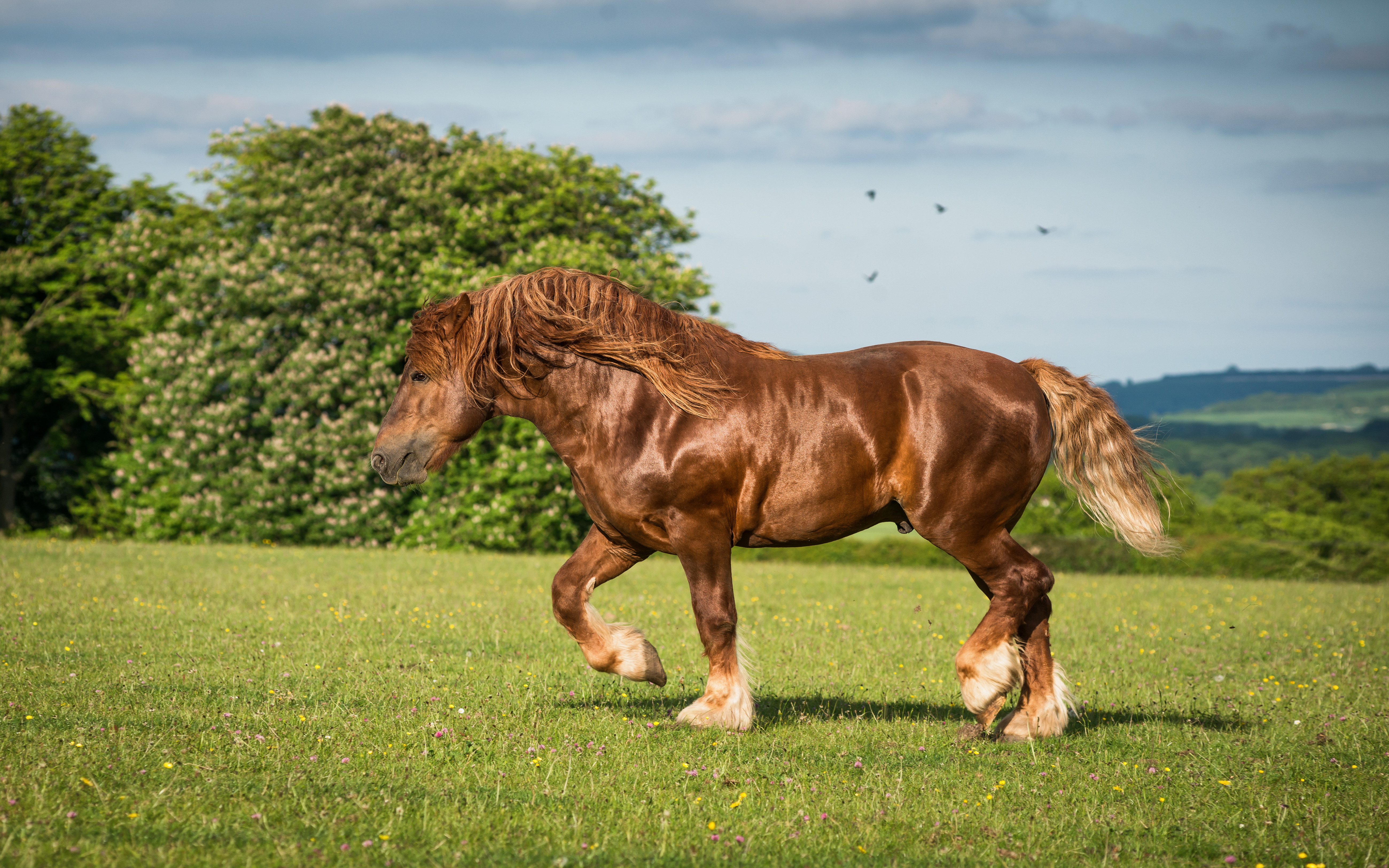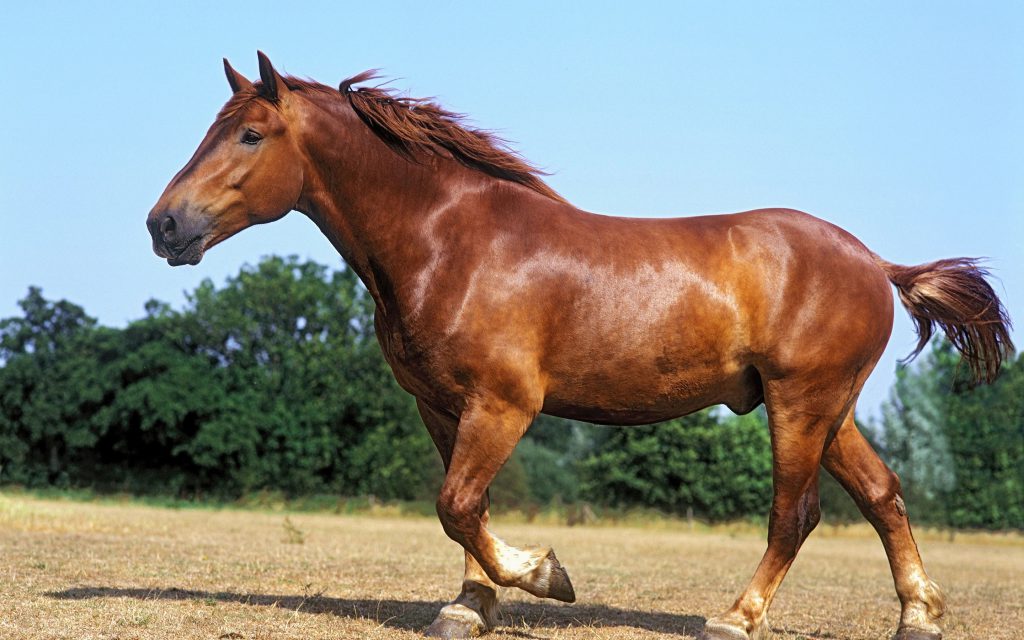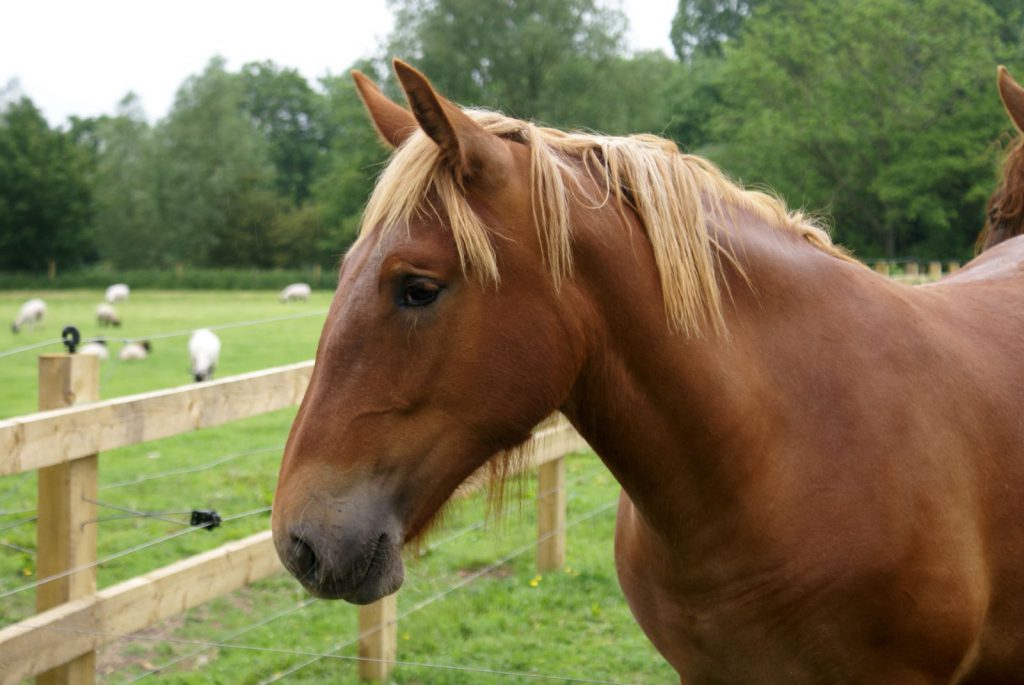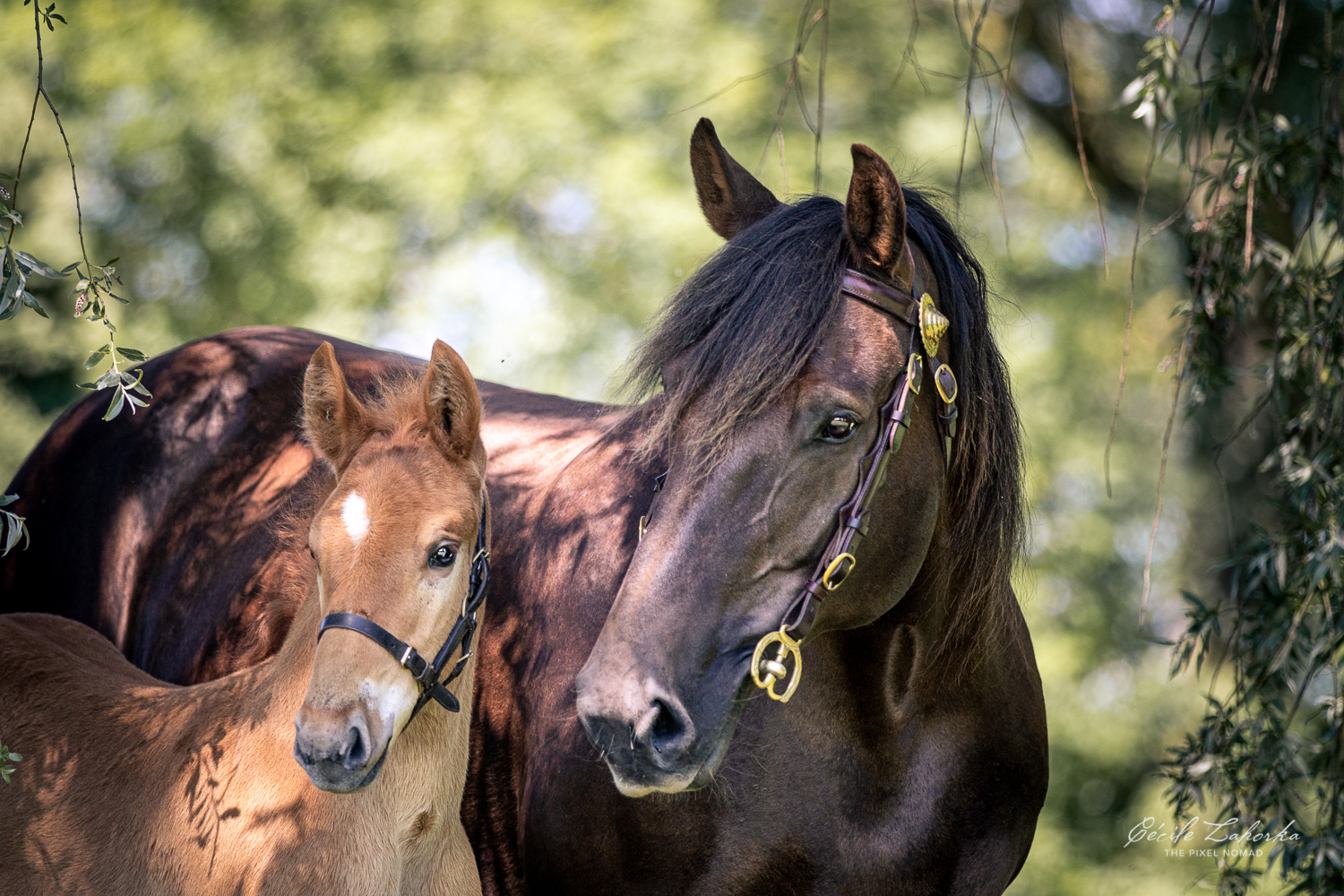
Suffolk Punch (Origin ,Characteristics ,Colours & More 2020)
- SUFFOLK PUNCH HEIGHT: 16.1–17 hands
- ORIGIN OF SUFFOLK PUNCH: Suffolk, England
- SPECIAL QUALITIES: Extremely rare. In England fewer than 100 horses. World population of fewer than 3,500
- BEST SUITED FOR: Farming and logging

The Suffolk Punch is perhaps the oldest draft breed in England. It originated on the farms of East Anglia, a peninsula surrounded by the North Sea on the east, south, and north and by the Fens — large swampy marshes—to the west. Because of the geographical isolation, local horses were hardly influenced by outside breeds. The farmers of Suffolk independently developed several unique breeds of livestock, including the famous Suffolk sheep, all ideally suited to their particular way of life.
Camden’s Britannia dates the Suffolk Horse from 1506, but the breed was likely present and well defined before it was ever described in print, and it has changed very little since then. Some historians think the Vikings brought the ancient Jutland horse, which resembles the present-day Suffolk Punch, when they invaded in the eighth and ninth centuries. When Dutch engineers came to England during the sixteenth and seventeenth centuries to clear forests and drain the Fens, their Flemish horses may have influenced the Suffolk’s weight and size, but few of its other traits.
The Dutch and English horses used to clear the swamps and marshes had huge, wide feet and heavy feathering from the knees and hocks down, which allowed water to drain off the horses’ legs. By contrast, the Suffolks, who worked heavy clay soils that were dense but not swampy, were bred without feathering on the legs so that dirt could be easily brushed off. Their feet were proportionately smaller than the big draft horses’, well suited to working on soft ground, and better able to avoid stepping on young plants.
Contents
WHAT’S IN A NAME?
The use of the word Punch in the name of the breed was first recorded in a sporting magazine in 1813. Interestingly, the word comes from the famous Punch-and-Judy puppet shows. Punch was a short, squat, chubby fellow, and his name came to describe any short, fat man or anything short and thick. One of the characteristics of this sturdy breed is relatively short legs, so horses of this type came to be called “punches.”
Because they had few outside markets, the farmers of Suffolk traditionally used the animals they produced on their own farms and exported very few. The breed remained relatively unknown, staying pure and unchanged for centuries. In 1768, the foundation sire of the modern breed was born, a horse known as Thomas Crispin’s horse of Ufford, or Crispin’s horse. All Suffolks can trace their lineage back to this stallion.
When Suffolks were first exported to the United States in the late nineteenth century, they were well received by American farmers, but their total numbers here have never been high. As with other draft horses, when mechanization came to farms in both England and North America, the breed almost vanished. During the worst times, some farms in England sold forty horses in a single day, most going to slaughter. At its lowest point, in 1966, only nine Suffolk foals were born in all of England.
During the resurgence of interest in draft horses in the late 1970s and ’80s, fanciers in the United States imported some of the best remaining Suffolk Horses from England. There has been a substantial increase in the number of registered Suffolks since the 1990s, but the breed remains rare. In England, breed numbers hover between 150 and 200, with only about 75 breeding-age mares.
The sturdy Suffolk Punch, with its bright chestnut coloring and short legs, has changed very little over several centuries.

Breed Characteristics
The overall appearance of the Suffolk is of a pleasant, roundly molded whole unlike any other breed. During the worst times, some farms in England sold forty horses in a single day, most going to slaughter. Suffolks are prized as very easy keepers that are exceptionally long-lived. They can work well into their late twenties, and mares commonly produce foals into their twenties and sometimes beyond. At the first Agricultural Association show held in England, a mare reported to be thirty-seven at the time was shown with a filly by her side that was said to be her own.
Suffolks tolerate heat well. Because of this, the Pakistani government has purchased a number of them to cross in to their local breeds, planning to add substance to army horses and to produce large mules. The Suffolk remains an ideal breed for horse-powered farms, especially for those involved with sustainable agriculture. They are also excellent for logging operations.
Though heavily built the Suffolk Punch can move easily between crop rows without stepping on the plants.
Conformation
The average height is 16.1 hands, but many stallions stand 17 hands or taller. Typical weight is 1,500 to 2,000 pounds. The Suffolk is large, symmetrical, and uniform in color and type. The intelligent head is set on a powerful arching neck. The shoulders are inclined to be upright, more suitable for power than action. Depth and thickness from the withers to the legs are essential. A Suffolk should be as deep in the flank as it is over the heart. The back is short and strong, with the ribs springing high from the backbone.

BREED ASSOCIATION FACTS AND FIGURES
According to the American Suffolk Horse Association (founded in 1890):
• There are between 1,000 and 1,500 Suffolks in North America, with perhaps another 1,300 to 1,800 animals worldwide. This number is approximate because some horses, usually geldings, are sold without papers, some are never registered, and some die without the association being notified.
• There are some 150 Suffolks in England, but only about 75 of these are breeding-age mares.
• One hundred new registrations are added each year. Most are foals, but this number includes some new registrations of adult horses.
The quarters are long and smooth to the root of the tail, which springs higher up than in other draft breeds. The croup is usually level. The legs are set closer together on the Suffolk than on other draft breeds and placed well under the body, allowing them to move easily between rows of crops without destroying the plants. The legs are free of long hair and appear proportionately short, with strongly muscled forearms and thighs. The excellent feet are round and of fair size, and wear extremely well.
Color
Suffolks are always chestnut, although the word is often spelled without the first t—chesnut — as it was in old England. Seven shades are recognized: dark liver (approaching brown-black, also called mahogany), dull dark chesnut, light mealy chesnut, red, golden, lemon, and bright chesnut. A small star, snip, or strip is permitted, as is a little white on the legs, no higher than the fetlocks. No other white is allowed.
